Time-Tested Wonders: 10 of the Oldest Cities Still Alive With History and Culture
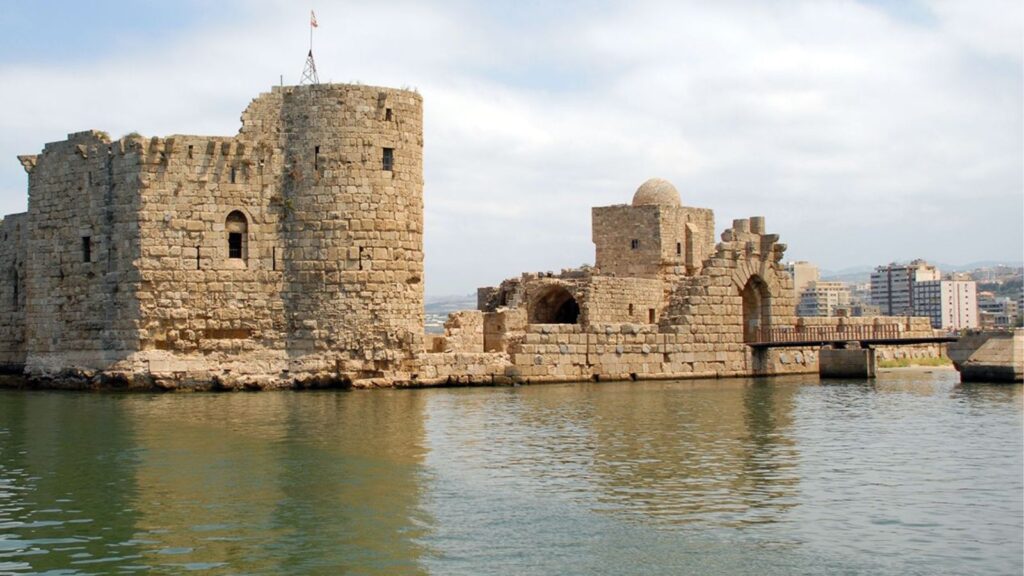
Time-Tested Wonders: 10 of the Oldest Cities Still Alive With History and Culture
In a world constantly chasing the future, there are places where time itself seems to pause. Scattered across the globe are cities that have not only witnessed the birth of civilization but have continued to thrive through centuries of change. These are more than just ancient ruins or museum-like relics; they are living, breathing cities where people still work, worship, and wander the same streets their ancestors once did. Among them is one of India’s most spiritually significant cities, which proudly stands shoulder-to-shoulder with some of humanity’s oldest urban settlements.
Here’s a look at ten of the oldest continuously inhabited cities in the world—each with its own timeless story to tell.
1. Damascus, Syria
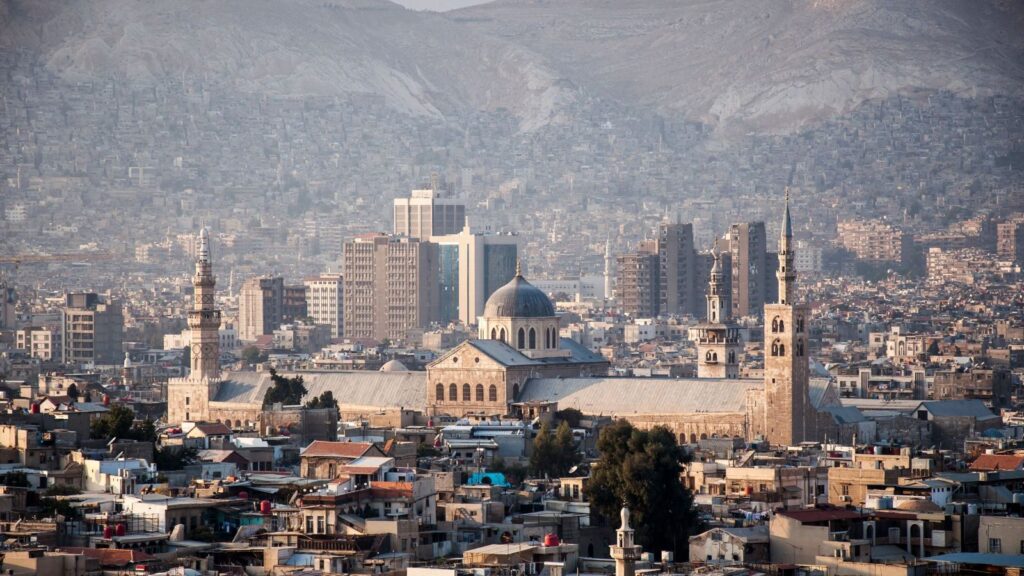
Age: Settled since around 9000 B.C.
Often referred to as the “Pearl of the East,” Damascus is widely believed to be the world’s oldest continuously inhabited city. With a history spanning over 11,000 years, it has played a central role in ancient trade, religion, and culture. Its old city is a UNESCO World Heritage Site, filled with winding alleyways, ancient mosques, and bustling souks that still echo with the life of countless generations.
2. Aleppo, Syria
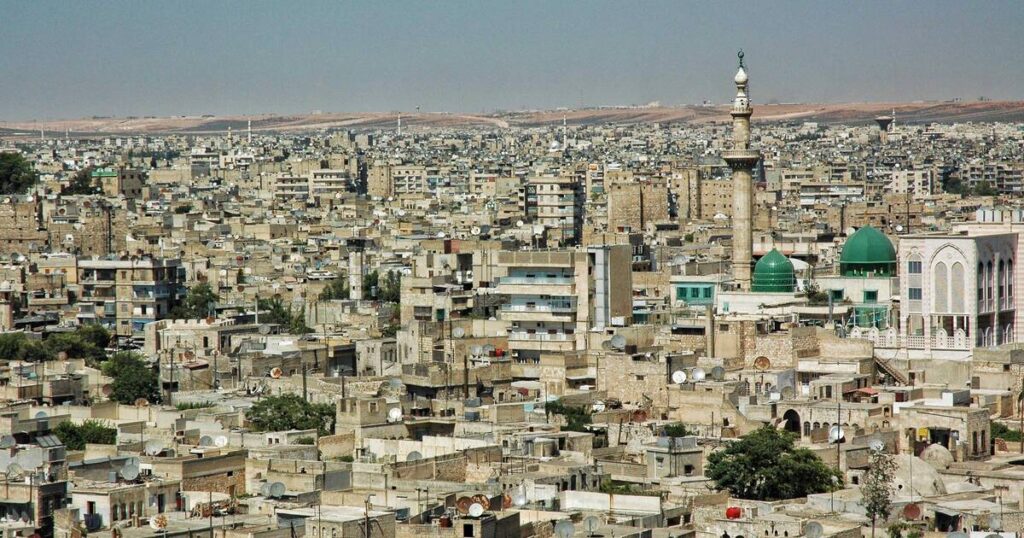
Age: Inhabited for over 8,000 years
Once one of the largest cities in Syria, Aleppo was an essential trading hub linking Mesopotamia with the Mediterranean. The Citadel of Aleppo, which rises dramatically from the heart of the city, is a striking symbol of its enduring importance. Despite recent turmoil, its roots run deep, and its cultural heritage remains unforgettable.
3. Byblos, Lebanon
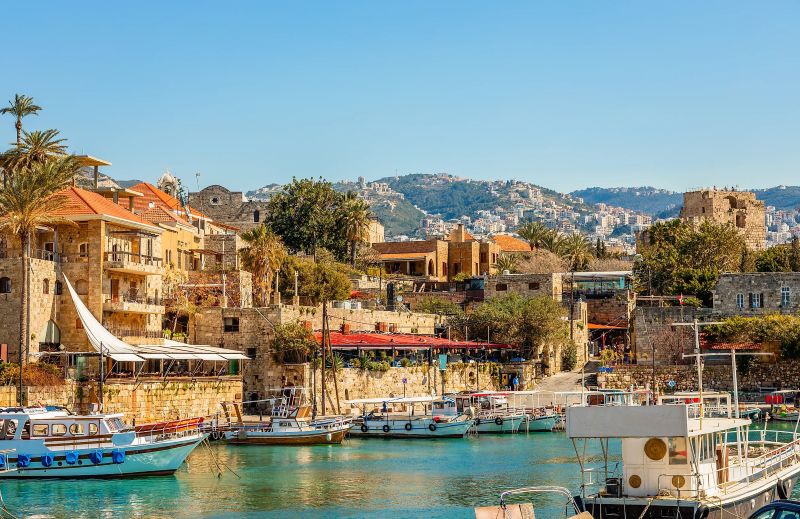
Age: First settled between 8800 and 7000 B.C.
Located just north of Beirut, Byblos is credited with being the birthplace of the Phoenician alphabet—one of the foundations of modern writing systems. This coastal city, now a UNESCO World Heritage Site, is a treasure trove of history with layers of ruins from various civilizations, including Egyptian, Greek, and Roman.
4. Argos, Greece
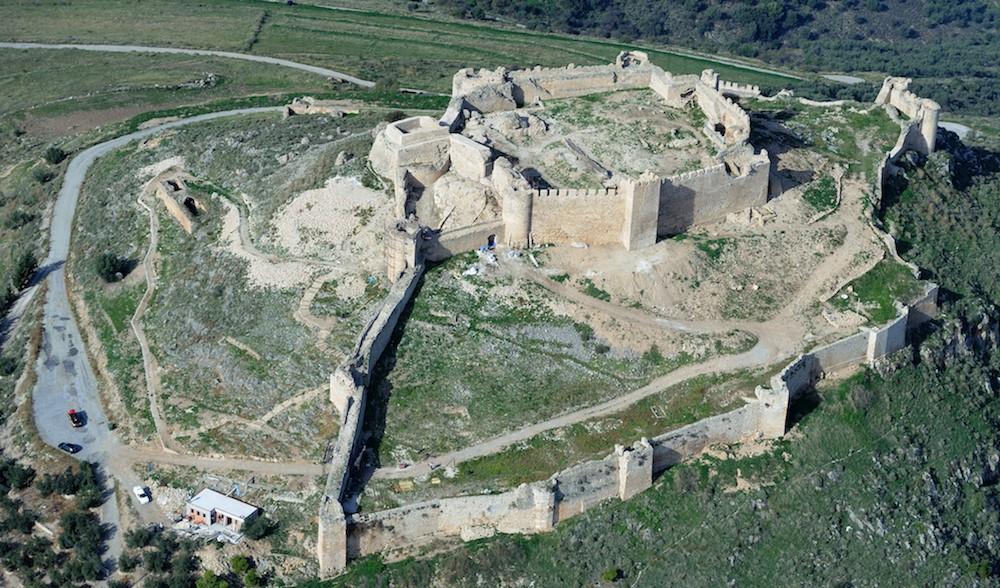
Age: Inhabited since at least 5000 B.C.
Argos holds a special place in Greek history for its strategic neutrality in many conflicts, allowing it to preserve ancient architecture and cultural relics. Home to some of the oldest theaters and ruins in Greece, Argos played a key role in Mycenaean civilization and later in classical Greek life.
5. Athens, Greece
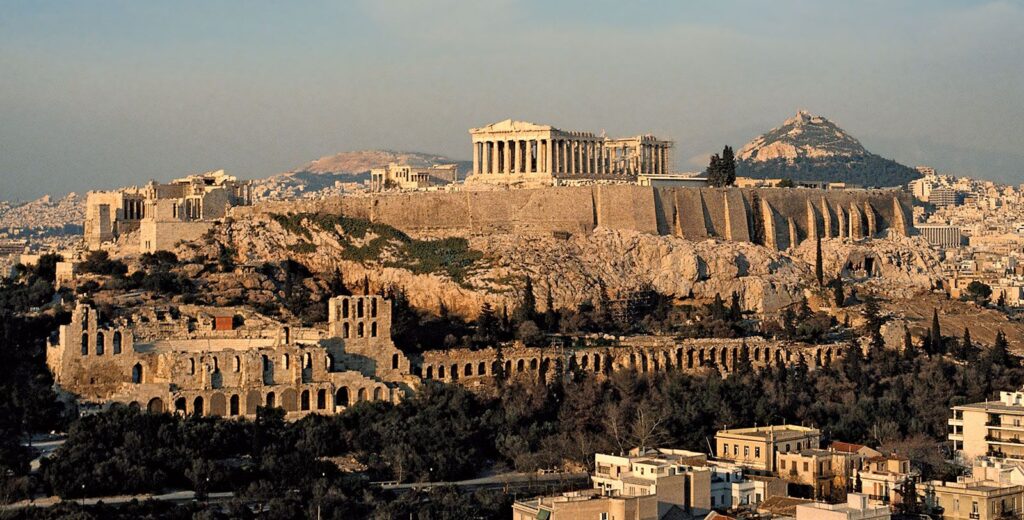
Age: Continuously inhabited since the 11th–7th millennium B.C.
Known as the cradle of Western civilization, Athens is not just a historical city but a living monument to the development of democracy, philosophy, and the arts. From the iconic Parthenon to the lively Plaka district, Athens masterfully blends its ancient soul with modern vitality.
6. Susa, Iran
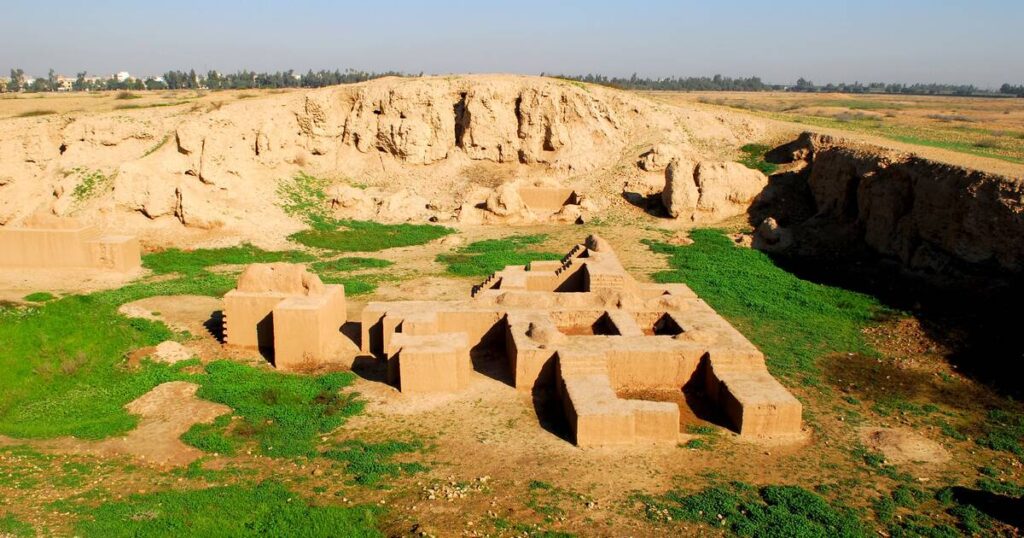
Age: Settled as early as 4200 B.C.
Once a prominent city of the Elamite, Persian, and Parthian empires, Susa (now modern-day Shush) was a spiritual and administrative center in ancient Persia. Located along the Tigris River, the ruins of Susa—including the famed ziggurat of Chogha Zanbil—tell the story of a city that shaped the early history of the Middle East.
7. Erbil, Iraq
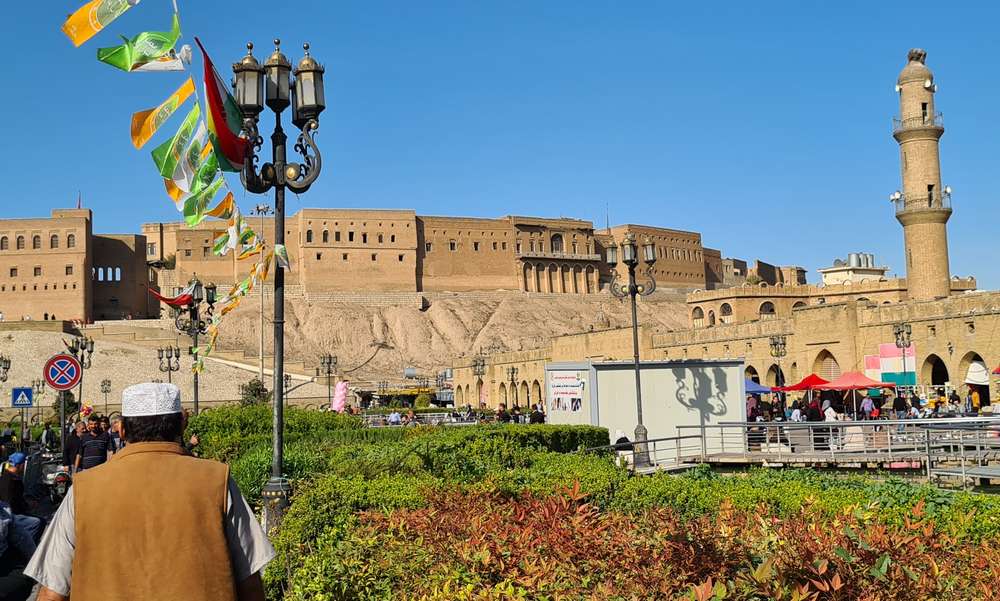
Age: Inhabited for at least 6,000 years
The capital of Iraqi Kurdistan, Erbil is most famous for its ancient citadel, which stands at the city’s center and dates back to at least 2000 B.C. This fortress-like mound has seen civilizations from Assyrians to Ottomans come and go, and today it serves as a symbol of the city’s resilience and heritage. The citadel has earned UNESCO World Heritage recognition for its unparalleled history.
8. Sidon, Lebanon
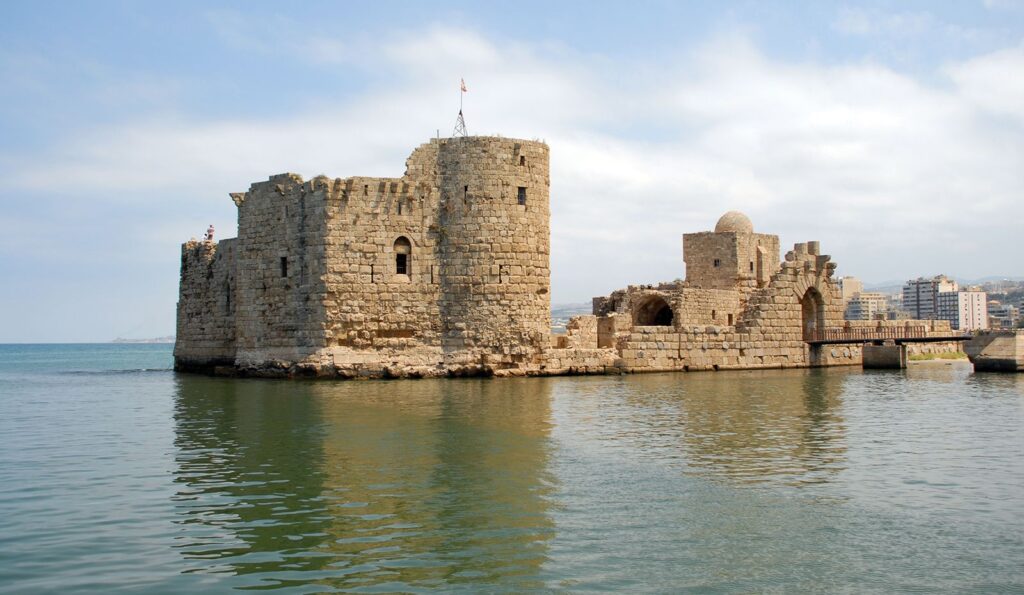
Age: Continuously inhabited for more than 6,000 years
An essential city of the ancient Phoenicians, Sidon was renowned for its innovations in glassmaking and shipbuilding. Its coastal location made it a vital maritime hub. Today, it retains its cultural charm through medieval architecture, centuries-old markets, and the impressive Sea Castle built by the Crusaders.
9. Plovdiv, Bulgaria
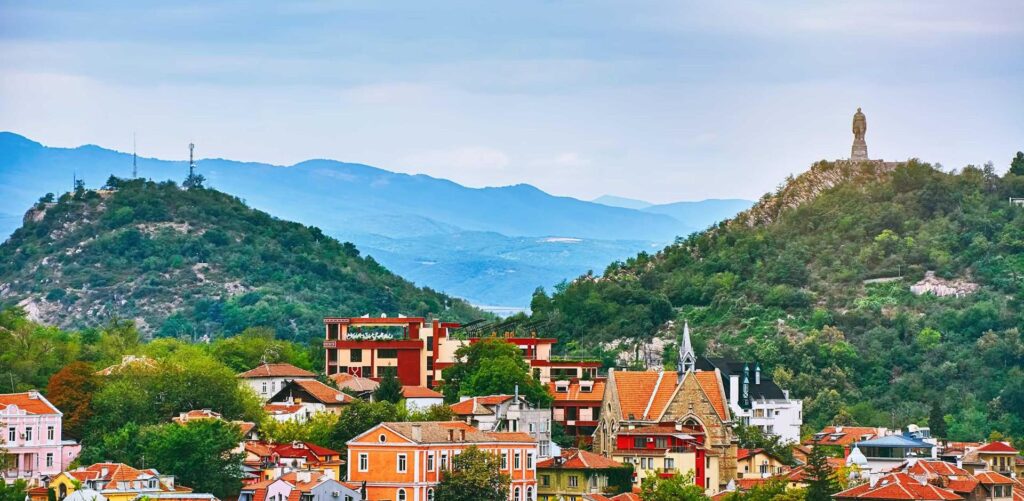
Age: Over 6,000 years old
Plovdiv, Bulgaria’s second-largest city, is often overshadowed by more famous European destinations but is one of the continent’s oldest cities. Over millennia, it has been ruled by Thracians, Romans, Byzantines, and Ottomans. The city is dotted with Roman amphitheaters, ancient walls, and art-filled streets that speak of its diverse cultural layers.
10. Varanasi, India
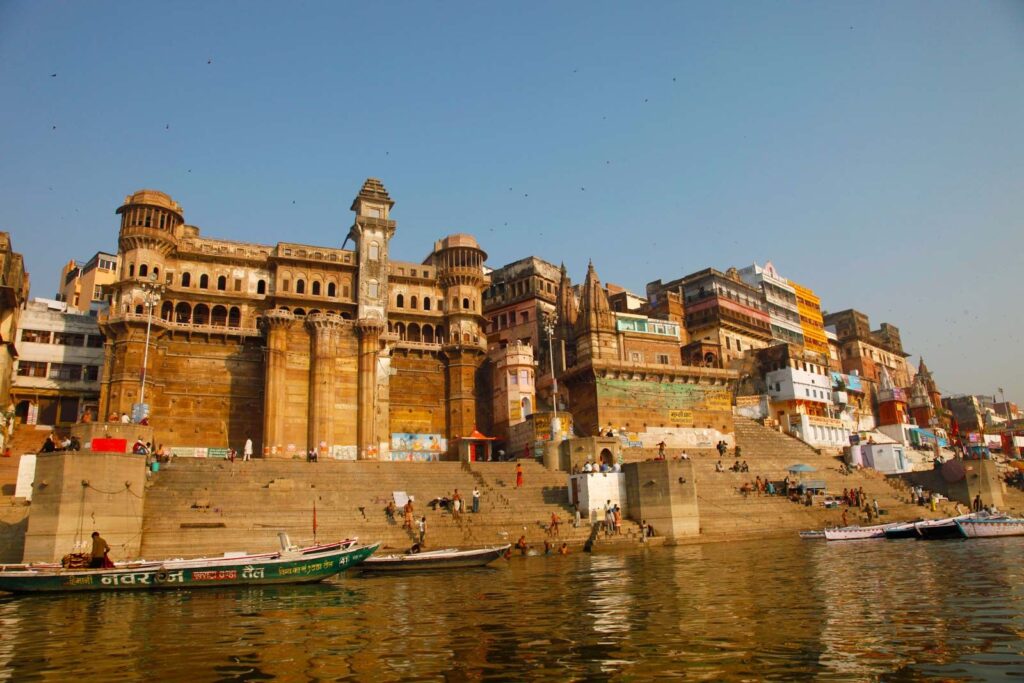
Age: Inhabited for over 3,000 years
One of the holiest cities in India, Varanasi—also known as Kashi or Benares—sits on the banks of the sacred Ganges River in Uttar Pradesh. It’s not just a city but a spiritual epicenter where pilgrims come to seek enlightenment, perform rituals, and pay homage to ancestors. With references in ancient Hindu texts and visits from the Buddha himself, Varanasi embodies the timeless spiritual heartbeat of India.
These ancient cities are not just historical footnotes; they are thriving communities where ancient traditions meet modern life. Whether it’s the spiritual energy of Varanasi or the stone pathways of Damascus, each city offers a journey not only through geography but through time. In an era of rapid change, these cities stand as humbling reminders of humanity’s shared heritage—living proof that some stories are too powerful to fade.












